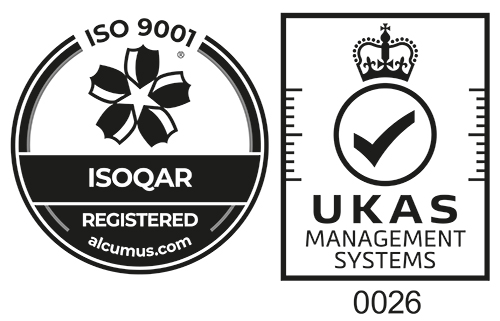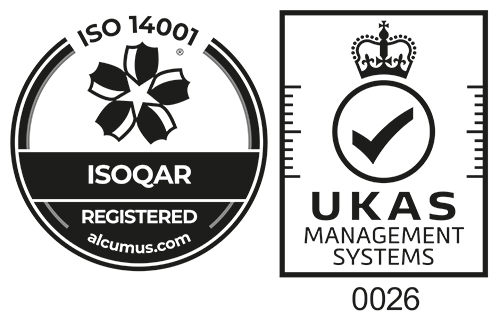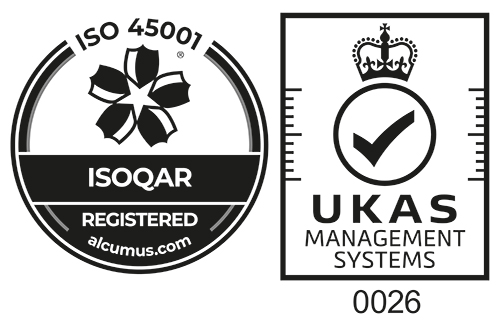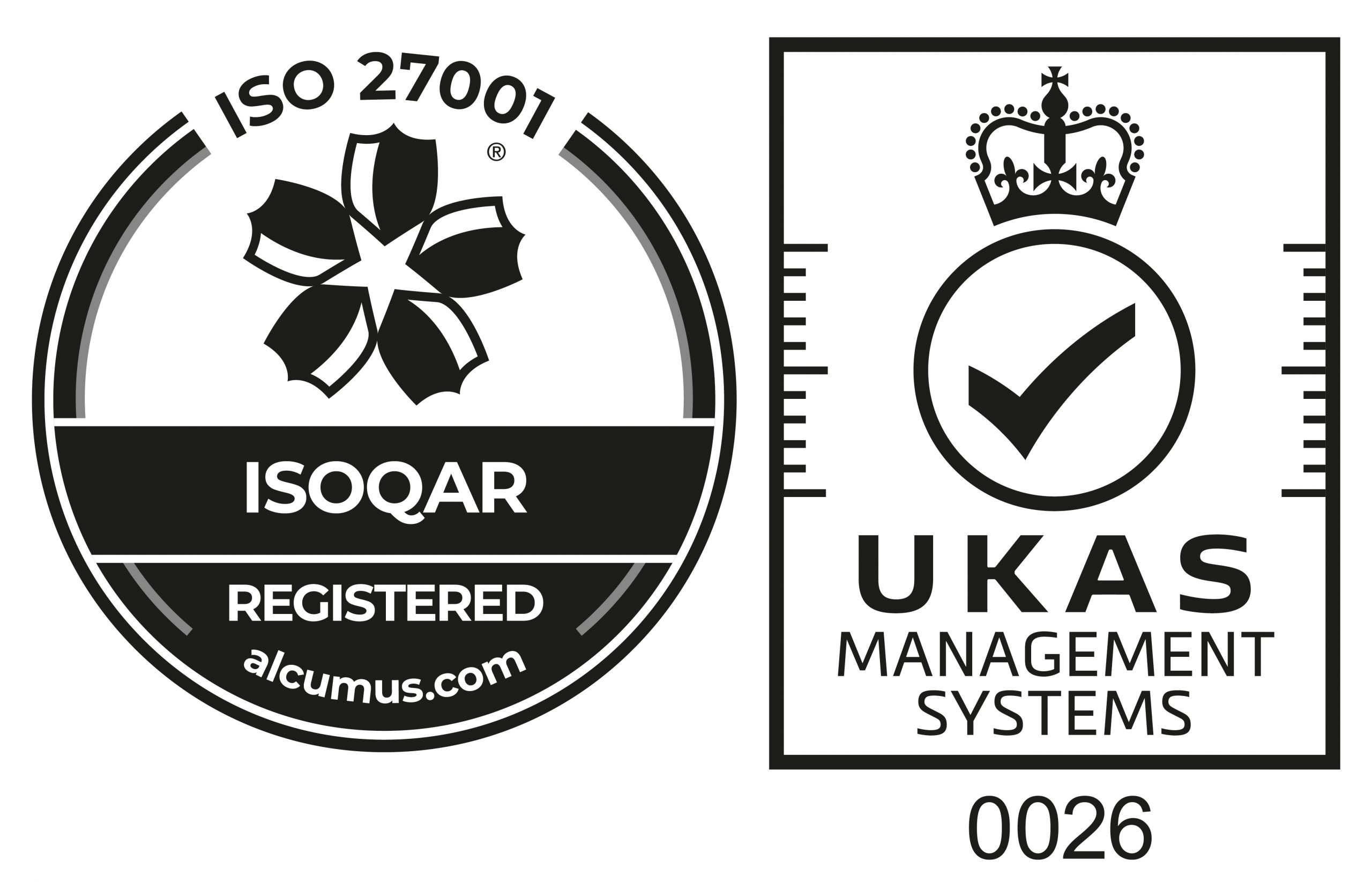Construction companies have a general belief that they have a good engagement with their workforce. The argument always is that operatives need management to demonstrate a more active interest in their on-site safety.
On most construction sites today you will find a plethora of signage, notice boards, information sheets, posters, etc which indicate safety instructions. How much of this is actually read and absorbed by those on-site remains questionable.
There has been a significant increase over the last 10 years in site signage and tours carried out by non-safety members of the team, however the level of true engagement with operatives has not increased proportionally.
Construction has always been accepted as a high-risk industry and although safety is now a top priority on most sites, this is often done to gain positive PR and future commercial gain rather than a genuine interest in the well-being of the operatives on-site. The issue here is that we’ve got to a point where ‘worker engagement’ is the new buzzword and companies claim to do this to tick the corporate social responsibility box, even though, ironically, they are failing to engage meaningfully with the workforce.
Participation of the worker
Many construction sites encourage worker participation, and many even have safety forums or meetings run regularly by operatives, the outcome is rarely communicated to those on-site who are not actively involved. A simple solution to this would be to ask the operative who attended to give a brief toolbox talk the following morning, highlighting the issues raised and the solutions offered. This provides a quick win for the company and allows full 360° feedback, encouraging participation.
By its sheer nature, construction is a transient industry and therefore any training or induction with the operatives needs to be done at the start of the project and needs to be extremely effective. If you miss the boat, it’s pretty difficult to win back their attention. During the set-up phase, a lot of communication is done via email or intranet, which is great when the site is remote and head office wants to share news.
However, the operatives are forgotten as these guys do not usually have access to a computer on-site, let alone company email accounts and therefore tend to miss a lot of the initial correspondence. Some companies use notice boards as a solution to this. The problem with this is ensuring that the information is updated as sometimes you just see boards with notice upon notice that no one has had a chance to take down or update, and understandably operatives quickly stop bothering to look.
A regular two-way conversation with those in the office and those on-site is something that should be scheduled in and adhered to starting from day one and continued through to handover.
Health & Safety site tours
Recently, many companies have started to introduce director/senior management site tours. They feel it demonstrates to the client that they are taking safety seriously and it truly is a case of ‘leading by example’. Unfortunately, such tours tend to be a great PR activity as well as a big tick for corporate social responsibility and they fail to produce any meaningful engagement with the operatives.
Sometimes lack of on-site experience for the upper hierarchy management means they don’t empathise with the operatives. While the directors listen to what is being said, they don’t always hear what they are told.
A fundamental issue with these tours is that they are done so infrequently that when the senior managers finally get out on-site they are far more interested in progress and have little or no time for safety. The viewpoint of an operative and management differs as well, where an operative may see a leading edge with poor edge protection or unsecured prop, management see a delay to the project schedule, which converts to an often significant financial loss. The problem is, the financial loss from a delay, regardless of the cause, is tangible, whereas significant financial gain from safe sites and healthy operatives is too often invisible and difficult to fully comprehend.
More directors need to get out into the coalface to get some meaningful engagement with the operatives and truly understand the issues. The directors need to gain an insight into the work, environment and challenges facing the operatives that no other communication can provide.
Surely companies could set aside at least a day in the year where senior managers can get out and visit on-site work? No emails, internet or meetings should interrupt the day and it should be spent with the workforce, including break times in the canteen, not back at their desk.
Getting senior managers on-site will convey the sort of message that no briefing, email, policy or poster ever can. If done correctly, this approach demonstrates that management is genuinely interested in the issues facing the workforce and how it can help.
Most of the times operatives on-site don’t talk to senior managers let alone directors, possibly because they see it as a massive ‘class barrier’, one that is perpetuated by the lack of site presence from management. Seeing the management get stuck in and work alongside the team would help go a long way to break the barrier that inevitably develops on-site.
Operatives need to know what to do if something happens on-site, and the key thing for management is to ensure that every single person leaves the site quickly and safely. Sometimes operatives are advised to continue working until emergencies arrive.
‘Worker engagement’ is the latest buzzword to be moulded into a great PR exercise for the construction industry. While most companies genuinely believe they are great at it, most of the operatives have given up trying to tell them that they are not being heard.
They don’t want signage or posters that show what the site looks like before and after; they want real change based on the requirements of what they are doing. Sometimes it is good to go back to basics, talk to operatives and, most importantly, listen to what they have to say.
Source: SHP Online





